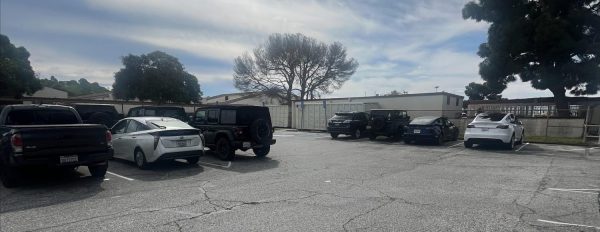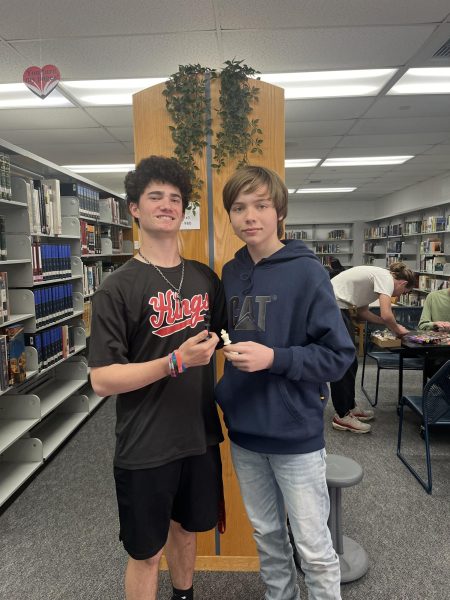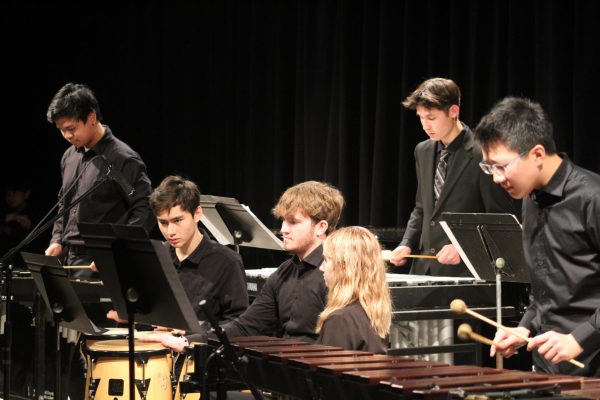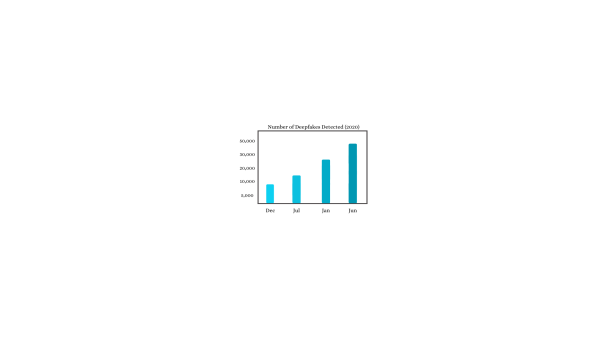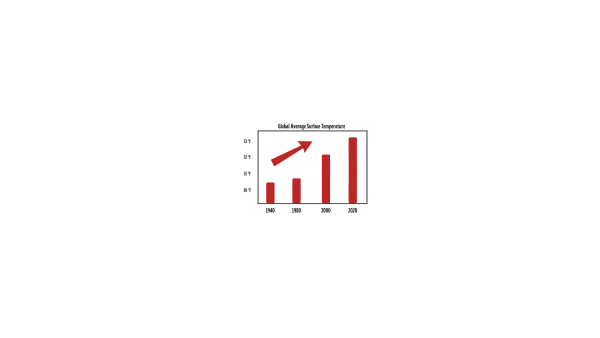UTLA Pickets for Progress
For students, parents, and employees of the Los Angeles Unified School District, the United Teachers Los Angeles union strike took lessons outside of the classroom and into the streets of Southern California for the first time in 30 years. UTLA members and supporters joined in solidarity with public school teachers and staff on strike for six days, and charter school teachers and staff on strike for eight days.
The strike called for numerous improvements to LAUSD, advocating most notably for smaller classroom sizes, increased teacher salaries, and having access to a full-time nurse in schools.
Alongside those fighting for public education, those in support of charter schools were also found on strike.
A previous substitute teacher at Palos Verdes High School, Kayla Kohn shared a detailed account of the current turbulence she faces working as an English teacher at Wallis Annenberg High School.
“The [Accelerated Schools] (TAS) teacher union was fighting for binding arbitration and an adjustment to health benefits to account for [the] cost of living inflation,” said Kohn.
“We were not negotiating for a raise; the only monetary point was that we asked the board of TAS to not freeze our health benefit ‘allowance.’ If healthcare goes up, we then would pay out of pocket. LAUSD benefits are 100 percent covered no matter what,” she said.
“We were fighting for job security first and foremost. Without binding arbitration, the TAS board has been able to wrongfully dismiss teachers who are qualified, just because they advocated for their students or spoke out against practices that do not help our students.”
After a year of bargaining and back-and-forth proposals by both UTLA and LAUSD, the union proposed their final offer to the school district, titled, “UTLA’s Last, Best, and Final Offer,” which was ultimately rejected due to LAUSD claiming that its changes would pull the district into bankruptcy, which would increase their deficit by $3 billion.
The two parties were unable to reach a compromise, thus leading to an impasse. UTLA kicked off 2019 by creating another proposal for the district, which was answered with an unsuccessful counter offer. After 20 months of futile negotiations, UTLA began their strike on January 14.
The effects of the strike went further than the picket lines. LAUSD saw dramatically dipping attendance rates on the days of the strike, as families were unwilling to send their children to school while teachers were not in their classrooms.
In a Los Angeles Times report, it was revealed that the district was preparing for the impending strike by bringing in approximately 400 substitute teachers as well as special education aides, assistants, and nurses, in addition to easing volunteer background checks and spending three million dollars to alleviate the effects of the strike.
Student safety risks were met with at least one Los Angeles Police Department on every Los Angeles campus and truancy was not enforced; however, absences were still accounted for.
“For our school, the executive board used tactics of fear to try to suppress the voices of faculty, students, and parents,” Kohn said.
“They called the cops on students and parents-in South L.A. that fear is very real, as some are not documented. They also threatened students with attendance who walked with us in solidarity.”
For those under TAS, an agreement guaranteed a contract for the following year, regardless of involvement in the strike, given that teachers had a valid California teaching credential.
As for the public school teachers of LAUSD, the strike left an impact not only in their classroom but in their wallet as well.
Sophomore Chaya Holyfield’s father, Jeff Holyfield, a math teacher at San Pedro High School, shares his perspective on the status of the strike. For UTLA members like J. Holyfield, six days of wages were lost in addition to an effect on their retirement.
“When you ask about consequences, the process requires that the district is not allowed to retaliate against teachers – though many of us have our suspicions about it actually happening,” said J. Holyfield. “The most basic consequence, I’d say, is that each teacher loses a day’s pay for each day they spend on the picket line.”
The strike meant that he would not be able to complete his 19th year of teaching, leaving him and other teachers to have to find ways to make up the lost days of the year at the beginning of the year that some teachers would otherwise be retired.
“Other than that,” J. Holyfield added, “I personally am suspicious of only one instance since the strike ended that the district has attempted to come after my job as retaliation, but I know of no other consequences.”
On January 22, Mayor Eric Garcetti tweeted, announcing the end of the negotiations, stating, “After 21 hours of negotiating at City Hall, bargaining teams from LAUSD and UTLA concluded at 6:13 AM. Leadership will reconvene at 9:15 AM.”
On the UTLA website, a summary of the tentative agreement was made public, declaring it a “victory for public education,” addressing a cap on charter school growth, increased access to nurses, librarians and counselors, and a promise to advocate for school funding, in addition to limiting standardized testing and limiting class sizes from growing any further. Teachers will also receive a 3% salary increase. The statement ended by imploring members to vote “yes.”
The strike in LAUSD has affected the way that some students view issues in public education, especially in PVPUSD, where contract negotiations are ongoing after last year’s heated negotiations.
“I feel like I’m more in the know since my dad is a teacher and I talk to my other teachers about and they give me more insight on it too,” C. Holyfield said.
What comes after the storm is still to be seen. The implications of the UTLA strike is reverberating around the country. UTLA representatives can be found in Oakland, where teachers there are going on strike in solidarity with teachers across California. Politicians have used this strike to capitalize on their stances on public education, many of which are applauding the efforts of UTLA.
“We still have people hard at work in LA making sure TAS and LAUSD don’t slip on accountability,” Kohn said. “The real next step is to see the results of this agreement in the classroom across the city over the next two years.”
“It all truly reached beyond just our demands for fair working conditions – which equate to student learning conditions,” J. Holyfield stated.
“They say we must continue to fight for what is right for students in the institution of public education. We still have a ways to go to get to the point where students are receiving the education they and the future deserves.”
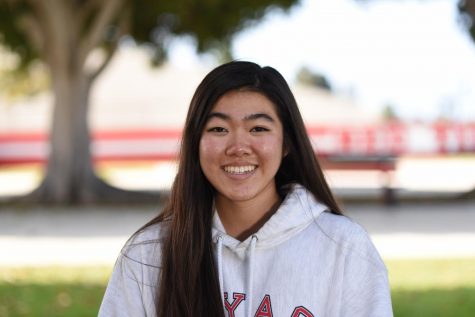
Sarah Liu, the Editor-in-Chief of The Point, began journalism when she was in 7th grade, starting as a Kid Reporter for Sports Illustrated Kids, profiling...

